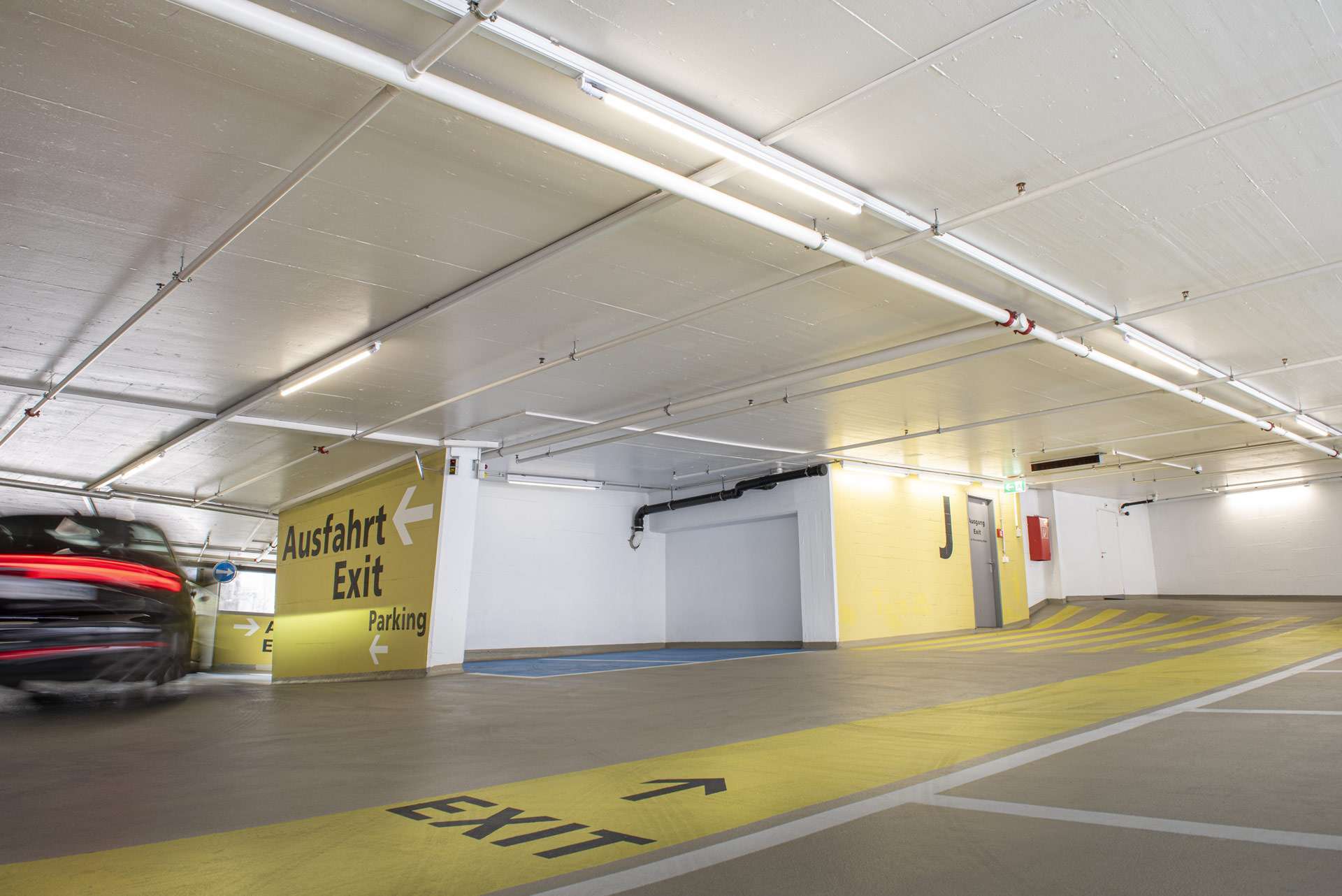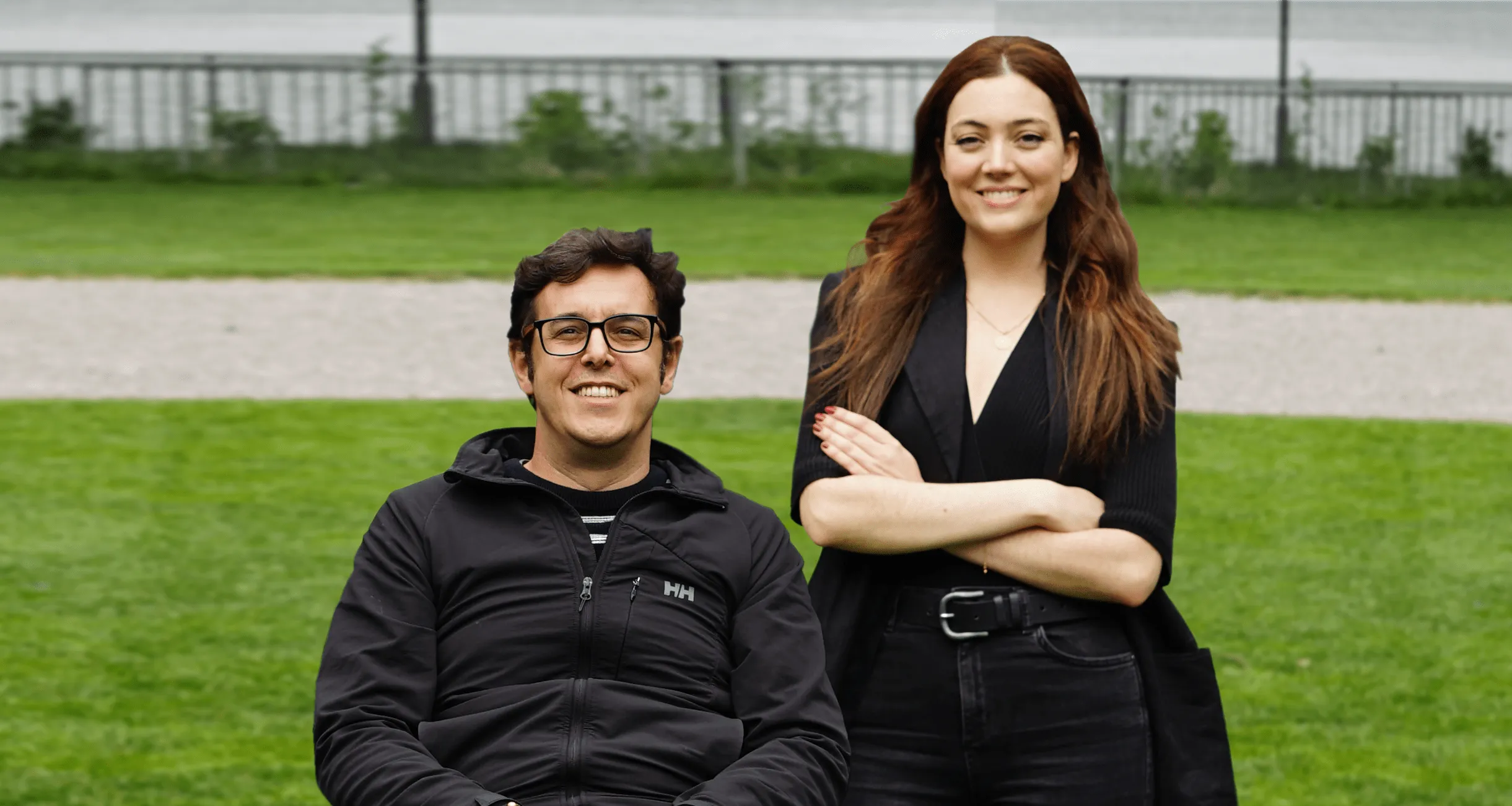
Blog Posts - 21.11.2024

Sustainability, reduction of consumption and democratisation of access to energy are essential to guarantee equality of resources throughout the world. It also promotes a balance between existing needs and care for the environment, protecting biodiversity and mitigating the effects of climate change. It also encourages responsible practices in resource use and energy production. In short, this type of policy based on sustainability and caring for our resources not only benefits the planet, but also benefits us as individuals. We spoke to Candela Guyot, visual & communication designer, and Miguel de la Rosa, sales manager at LEDCity España, a Swiss company that is making inroads in the Spanish market thanks to a catalogue of innovative lighting products that implement clean and intelligent technology. Its lighting solutions control light autonomously and dynamically to illuminate when it makes sense to do so and adapt, in this way, not only the duration, but also the intensity of each source to the real and particular needs that its customers demand.
Fluorescent technology emerged in the mid-20th century when scientists at the US company General Electric succeeded in developing the fluorescent coating that allowed tubes to emit a much brighter light than was already available. Thus, with the widespread thought of improving lighting, global adoption was achieved. After multiple improvements in efficiency, durability and light quality, fluorescent has been challenged in recent years by the emergence of LED technology. The low efficiency of fluorescent tubes compared to this type of luminaire has made it obsolete and its sale has even been banned in the European Union due to the presence of materials that are harmful to health such as mercury, cadmium or lead. It is therefore urgent to complete this energy transition towards more efficient solutions.
LED technology is more beneficial because it consumes less energy to produce the same amount of light; it emits less heat than other sources so that energy is converted directly into light, rather than dissipated as heat; they have a much longer lifespan than other lighting technologies, which minimises the amount of waste and debris generated, positively impacting on lower carbon dioxide consumption; they manage to turn on and reach full brightness instantly; and they are versatile, directing light where it is needed, thus reducing energy waste. It is a technology that has been working for over 50 years and is beneficial in the face of the climate commitments facing our society.
Technology plays a key role in the development of energy efficiency to provide innovative solutions, without technology it is impossible to move forward, therefore it is the best ally to continue building a sustainable future. “Through the use of smart sensors, energy management systems and monitoring devices, measures can be taken to reduce harmful gas emissions and mitigate climate change. However, the impact of CO₂ is not only through consumption, but also through disposal. Extending the useful life of products is essential to reduce waste, as there are fewer replacements to be made and, in the end, there are fewer maintenance costs,” says Miguel de la Rosa.
The solution proposed by LEDCity España is to integrate an equivalent to the DALI system within the tubes themselves in its semi-autonomous solutions. The DALI system is a communication standard used in lighting control systems that allows connection between different devices and provides a flexible way to control lighting by allowing precise intensity adjustments, scene programming, remote control and monitoring of the status of the devices. “The DALI system is the most common system on the market. It is very complex and has many components external to the light. Installation and maintenance are much more expensive because you need more components and they are not as efficient, since the sensors do not affect only one tube and make the action of the sensor less efficient,” says Miguel de la Rosa.
The novelty of his products in this case is the integration of the components that manage this technology, i.e. the motion sensor, the twilight sensor, the strips and the control driver inside the individual tubes. This makes installation much simpler and energy efficiency even higher. “Each tube has intelligence built into it. In this way, it responds to LEDCity Spain’s sustainable approach. Any tube can be exchanged or adapted without the need for a new installation or a complex exchange. Our solution is sustainable in a holistic way: not only do we seek the highest energy efficiency with our technology by working with the parameters of time and intensity, but also the whole process up to installation and maintenance is carefully thought out to provide a sustainable solution over time, representing both environmental and customer benefits,” emphasises Candela Guyot.
Read the whole interview (ES) on: nyn.es